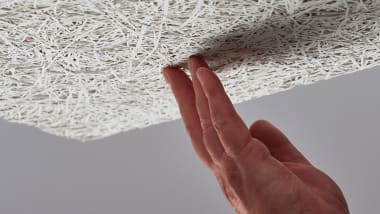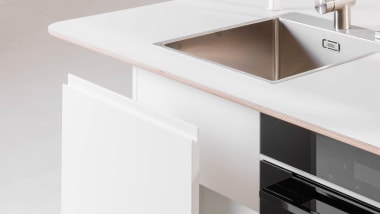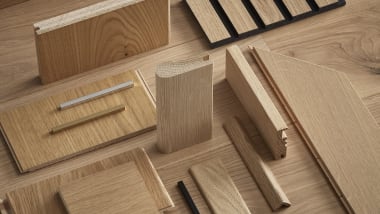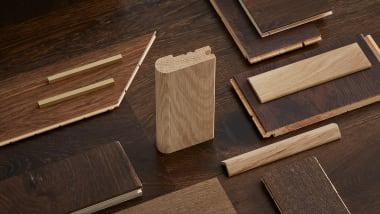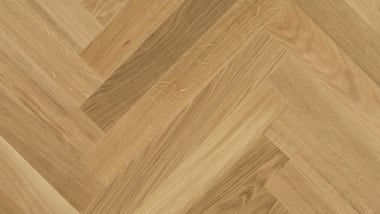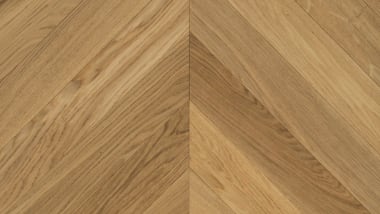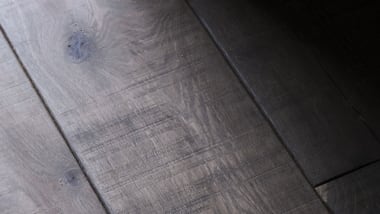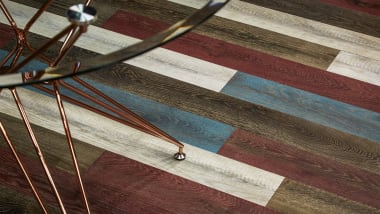How to care for engineered wood flooring
28 Nov 2022
Engineered wood flooring is a beautiful alternative to solid wood and offers many unique benefits, making it an excellent choice for both commercial and residential use. While generally easier to care for than solid wood flooring, you need to ensure that your engineered hardwood floors receive basic care to keep them in top shape.
There are some common mistakes you should avoid. In this guide, we cover those mistakes, how to properly care for your floors, and tips for making them last.
Engineered wood flooring vs solid wood
Gone are the days when solid wood was the only choice for flooring. There are now many options on the market, with engineered wood being one of the most popular.
Wood is hygroscopic, which means that it readily attracts and absorbs moisture. As you might imagine, this makes solid wood a poor choice for rooms with a lot of humidity or moisture, such as bathrooms and kitchens.
Changes in humidity and temperature can cause wood to swell and shrink. In time, that can result in warping, gapping, and cupping.
Engineered wood, by contrast, is made of several layers. The top layer is often hardwood, and the base layers are usually a type of softwood or plywood. The layers of engineered wood flooring are bonded in a way that makes it almost impossible for the wood to shrink or swell.
How to clean engineered hardwood floors
Although engineered hardwood flooring is less prone to swelling and shrinking than solid wood, you still need to take precautions when cleaning or exposing it to moisture. Here are some tips to use when caring for engineered wood floors.
- Sweeping
Sweep the floor regularly, at least twice a week, using a soft broom or microfiber cloth. Soft sweeper pads collect dirt, dust and pet hair without scratching the wood surface. While you can use a vacuum if that’s more convenient, we recommend using a soft brush attachment designed for hard floors to minimise scratches.
- Mopping
We often get questions about mopping engineered wood flooring. While you can use a mop, it's best to use a damp cloth rather than a soaking wet mop.
Excess water can seep into the wood, causing it to swell over time. Certain cleaning products, such as mopping pads, will tell you if they are safe for use on wood flooring. There are also many hardwood-safe cleaners on the market. Make sure to mop your floors once a week.
- Deep cleaning
Deep cleaning is an important part of maintaining wood floors. But what about steam cleaning?
These floor cleaners force steam into the cracks and crevices of the floor, reaching temperatures high enough to sanitise the surface. Temperatures around 60°C or higher are generally enough to kill viruses, but steam cleaning the floor may do more harm than good.
Similar to using a fully wet mop, steam cleaning can cause damage to the wood. It's often unneeded added moisture.
We recommend a quick daily sweep and deep using a wood-safe disinfecting floor cleaner once a month. This is usually enough to keep the floors clean and the family healthy.
- Polish and oil
Oiling wood brings out its natural beauty, giving the floors an attractive sheen. When applying oil to engineered wood floors, be sure there isn't a lacquered finish. If there's a finish already, you'll need to sand the veneer before applying it. Adding polish will rejuvenate dull wood floors and give them new life.
After cleaning, use a small amount of wood polish and wipe across the floors in the direction of the wood grain. Begin in small areas and ensure you've coated the entire surface. Allow floors to dry for one hour before allowing traffic and about a day before bringing furniture back into the room.
Keep in mind too much oil or polish can make floors slippery and is difficult to remove. A little often goes a long way, and you can always test a small area first.
Protecting engineered wood floors
Engineered wood floors are an investment, and if you want to protect them, you need to avoid these common mistakes:
- Avoid using harsh chemicals on any type of wood flooring. Chemicals such as bleach or ammonia can ruin the finish. Always check a cleaning product to ensure it's safe for use on wood.
- Stay away from using sandpaper to remove spots or dings, as grit can harm the floor's finish. Floor wax or even a soft toothbrush can gently scrub away tough stains.
- Be careful about using vinegar-based cleaners as too much can dull wood floors.
- Wipe up spills immediately to avoid water damage. Dry floors after mopping to avoid too much moisture from seeping in. Dry the floor or allow it to air dry before allowing any foot traffic.
Using rugs in high-traffic areas is a stylish way to reduce the daily wear on your floors. Shoes (especially high heels) and toys like scooters can also cause scuffs and scratches as they often pick up dirt and pebbles that can scratch the surface. A no-shoe or no-toy policy isn’t always possible but rugs in high-traffic areas can help keep your floors looking as good as new.
Although it's impossible to prevent all dents and scratches, it's possible to minimise their appearance. Products like scratch concealers can reduce the appearance of marks on the floor and even prevent further damage.
Care for your wood floors
To sum it all up: Daily sweeping and mopping with a damp cloth will keep your flooring looking like new. Remember to deep clean occasionally, but avoid using too much water on your wood floors.
Watch our cleaning and maintenance video for professional advice on keeping your floors looking brand new.
And if you’re looking to upgrade or refresh your flooring, view our range of products and order a free sample today!



